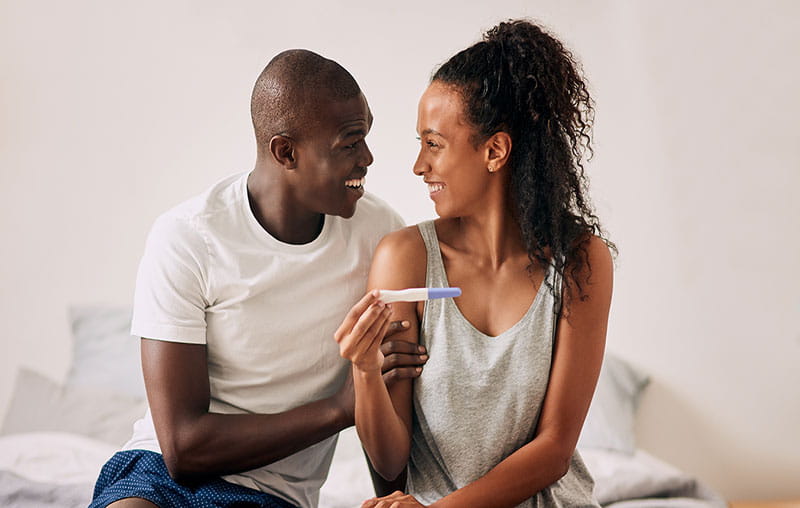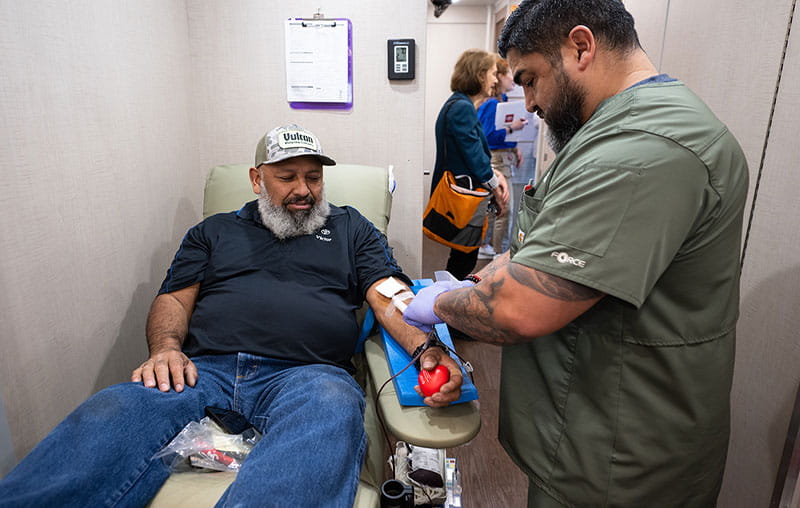They can strike while jogging, or sometimes in the middle of the night — for no apparent reason. A sudden, painful cramp seizes your lower leg, the muscle contracting into a knot.
Cramps can occur when a muscle becomes tired from repeated activity and when there’s a fluid imbalance. Sometimes an illness or medication can cause them.
To prevent cramps, the American Academy of Orthopedic Surgeons recommends:
- Do flexibility exercises before and after you work out to stretch the muscle groups most prone to cramping.
- Drink plenty of fluids, especially if you're working out or it’s hot and humid. Unless you have a health condition or take medicine that requires you to restrict fluids, you should drink enough fluids during the day so that you have to urinate every 2 to 4 hours. During long periods of exercise, it's important to stay adequately hydrated.
- Stay in good physical condition. Increase the amount and intensity of exercise slowly, over weeks and months.




